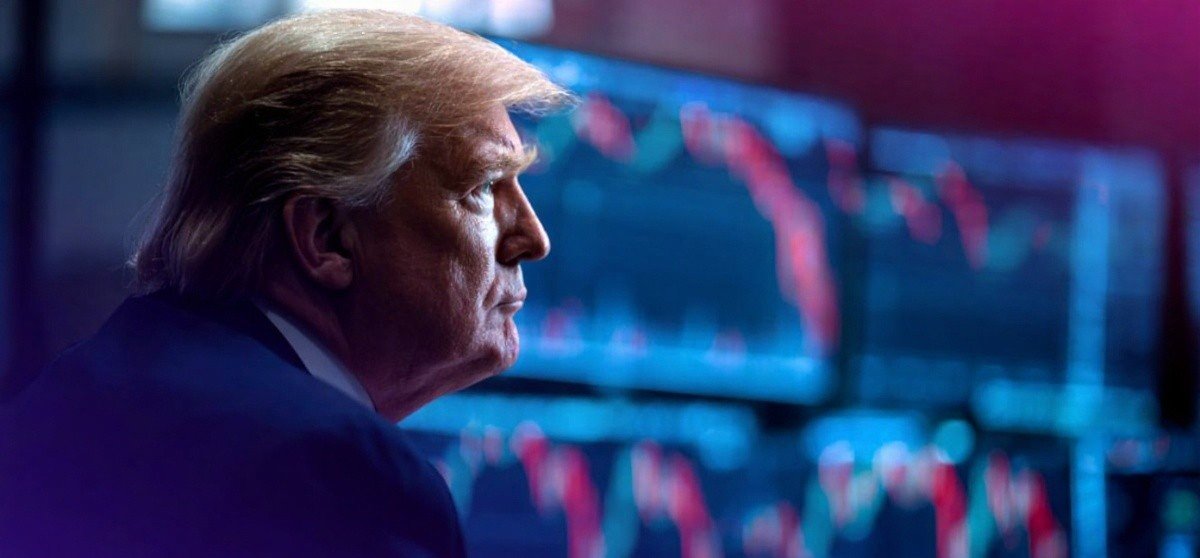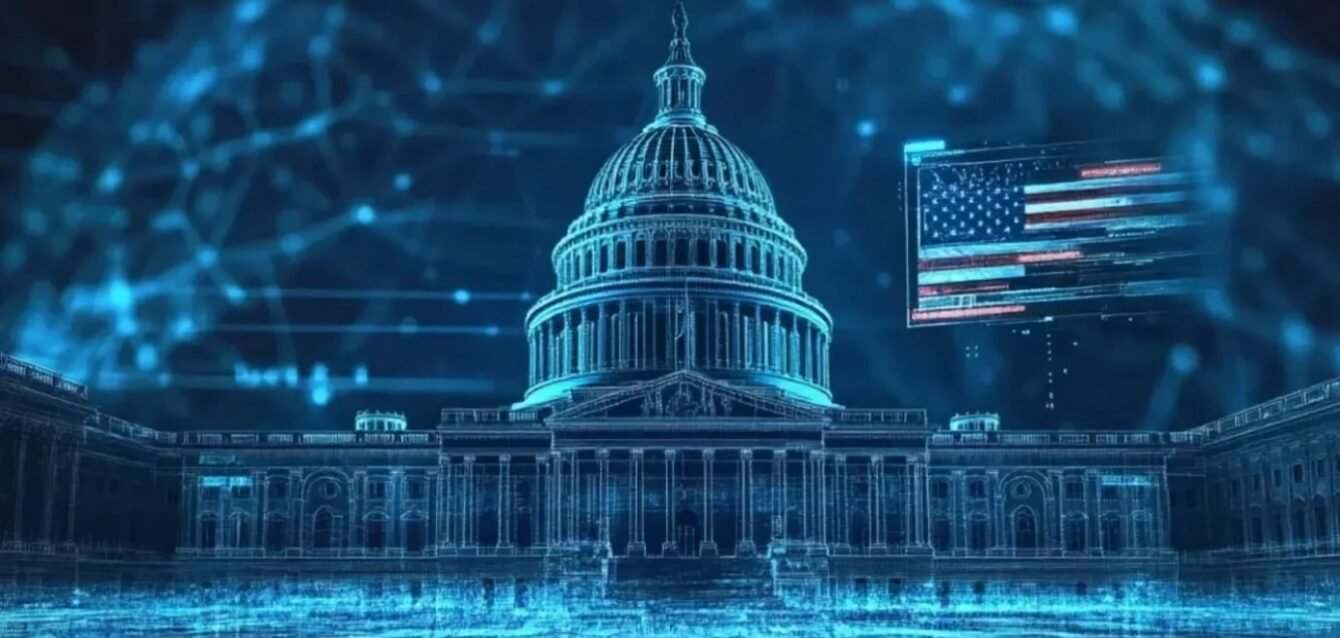In the high-stakes arena of U.S. fiscal policy, President Donald Trump has boldly proposed leveraging cryptocurrencies to tackle the nation’s staggering $36 trillion national debt. During his 2024 campaign and into his 2025 presidency, Trump has floated ideas like creating a Strategic Bitcoin Reserve and using Bitcoin’s appreciation to offset debt burdens. These suggestions, while innovative, highlight a search for unconventional tools to address America’s economic challenges without raising taxes or increasing deficits. But what if there’s a better option? Based on an in-depth analysis of Trump’s objectives, reducing debt through asset appreciation, strategic reserves, and innovation, a cryptocurrency like GDPcoin, tied to real economic productivity via the American Dream Rail Legacy Project, emerges as the superior choice.
The answer to the question, “Is GDPcoin the better option than Bitcoin to do what President Trump wants?”, is a resounding yes. This article explores why, providing a comprehensive analysis of the reasons and rationale. Drawing on Trump’s stated proposals, the limitations of Bitcoin, and GDPcoin’s unique strengths, we’ll see how GDPcoin aligns more effectively with debt reduction goals. By integrating real-world utility, predictable growth, and direct revenue generation, GDPcoin offers higher likelihood of success (80-95%, as per modeled projections) compared to Bitcoin’s speculative nature. For anyone interested in fiscal innovation, this comparison reveals why GDPcoin could be the key to “Making America Great Again” through sustainable economic power.
Understanding President Trump’s Cryptocurrency Proposals for Debt Reduction

President Trump’s interest in cryptocurrencies as a debt solution stems from his 2024 campaign rhetoric and 2025 actions, focusing on Bitcoin as a potential national asset. His comments often blend humor with ambition, but they reflect a broader strategy to position the U.S. as a crypto leader while addressing the $36 trillion debt (projected to hit $50 trillion by 2035 per CBO estimates).
- Direct Use of Bitcoin to “Pay Off” Debt: Trump has jokingly suggested handing over Bitcoin to creditors, like in his August 2024 Fox Business interview: “Maybe we’ll pay off our $35 trillion dollars, hand them a little crypto check, right? We’ll hand them a little Bitcoin and wipe out our $35 trillion”. At a crypto event, he quipped about writing “$35 trillion crypto” on paper to eliminate debt, drawing laughs but underscoring the idea of crypto as a debt-erasing tool.
- Strategic Bitcoin Reserve: More concretely, Trump’s February 3, 2025, executive order established a task force for a national digital asset stockpile, starting with 213,297 seized Bitcoins (valued at $19-20 billion). The reserve commits to not selling holdings, aiming to use appreciation to offset debt. Senator Cynthia Lummis’s bill proposes acquiring 1 million Bitcoins over five years, held for 20 years, to counter inflation.
- Broader Crypto Leadership: Trump emphasizes making the U.S. the “crypto capital of the world” to compete with China, strengthening the dollar through digital assets. The GENIUS Act, signed July 18, 2025, creates a stablecoin framework, indirectly supporting debt strategies via innovation.
These proposals aim to reduce debt without fiscal strain, leveraging crypto growth. However, their feasibility hinges on asset performance and integration.
The Limitations of Bitcoin for National Debt Reduction

While Bitcoin offers scarcity and hedge potential, its limitations make it less ideal for Trump’s goals compared to GDPcoin. Bitcoin’s value is speculative, lacking direct economic ties, which introduces risks.
- High Volatility and Sentiment Dependence: Bitcoin’s price swings (50-100% annually) could exacerbate debt if values drop (e.g., 2025’s Q1 28% fall from $109k to $78k amid tariffs). Unlike GDPcoin’s anchors, Bitcoin relies on sentiment, risking losses in reserves.
- No Productive Revenue Generation: Bitcoin is a passive asset; appreciation doesn’t create new income streams. Trump’s reserve would hold for growth, but without yields, it’s “hold-and-hope,” vulnerable to collapses where non-classical value diminishes (as we discussed, 80-95% likelihood for altcoins, but Bitcoin’s inertia mitigates somewhat).
- Regulatory and Geopolitical Risks: 2025’s GENIUS Act and global regs (e.g., MiCA, CARF) could cap upside or trigger sales bans, limiting flexibility for debt use.
- Indirect Debt Impact: Gains from appreciation (e.g., to $1.5M by 2041, $42.53T cap in projections) could fund debt via taxes, but this is unpredictable vs. GDPcoin’s direct revenues.
These flaws reduce Bitcoin’s reliability for sustained debt reduction.
GDPcoin’s Strengths: A Better Fit for Trump’s Objectives

GDPcoin, native to the $5.5 trillion rail project, offers productive utility that directly supports debt reduction through revenue generation and growth.
- Anchored to Real Economic Activity: Tied to trucking ($906B in 2025, $1.9T by 2041) and capex ($5T), GDPcoin captures flows via gating, generating revenues for repayment, unlike Bitcoin’s speculation.
- Predictable Growth and Forecasting: Predictive Pricing (70-85% accuracy over 1-3 years) enables strategic debt planning, e.g., timing sales, Bitcoin lacks this.
- Meritocratic Revenue Sharing: DACN distributes profits via nodes/Prosperity Tokens, boosting consumer spending and tax revenues for debt.
- Higher Likelihood of Success: 80-95% chance to surpass Bitcoin’s cap by 2041 ($17T vs. $42T), with direct GDP uplift ($9.9T) funding reserves.
Comparative Analysis: Why GDPcoin Outperforms Bitcoin

Economic Impact: GDPcoin generates $9.9T uplift; Bitcoin adds no new productivity.
- Stability: Anchors reduce volatility; Bitcoin’s swings risk losses.
- Repayment Mechanisms: Direct revenues vs. indirect gains.
- Alignment with MAGA: Worker-focused, unifying, fits Trump’s agenda.
Yes! GDPcoin offers higher likelihood for debt goals.
Call to Action
Get informed. Schedule a Meeting to Get Involved. Sign the petition. Read the Other Articles in this Series.





